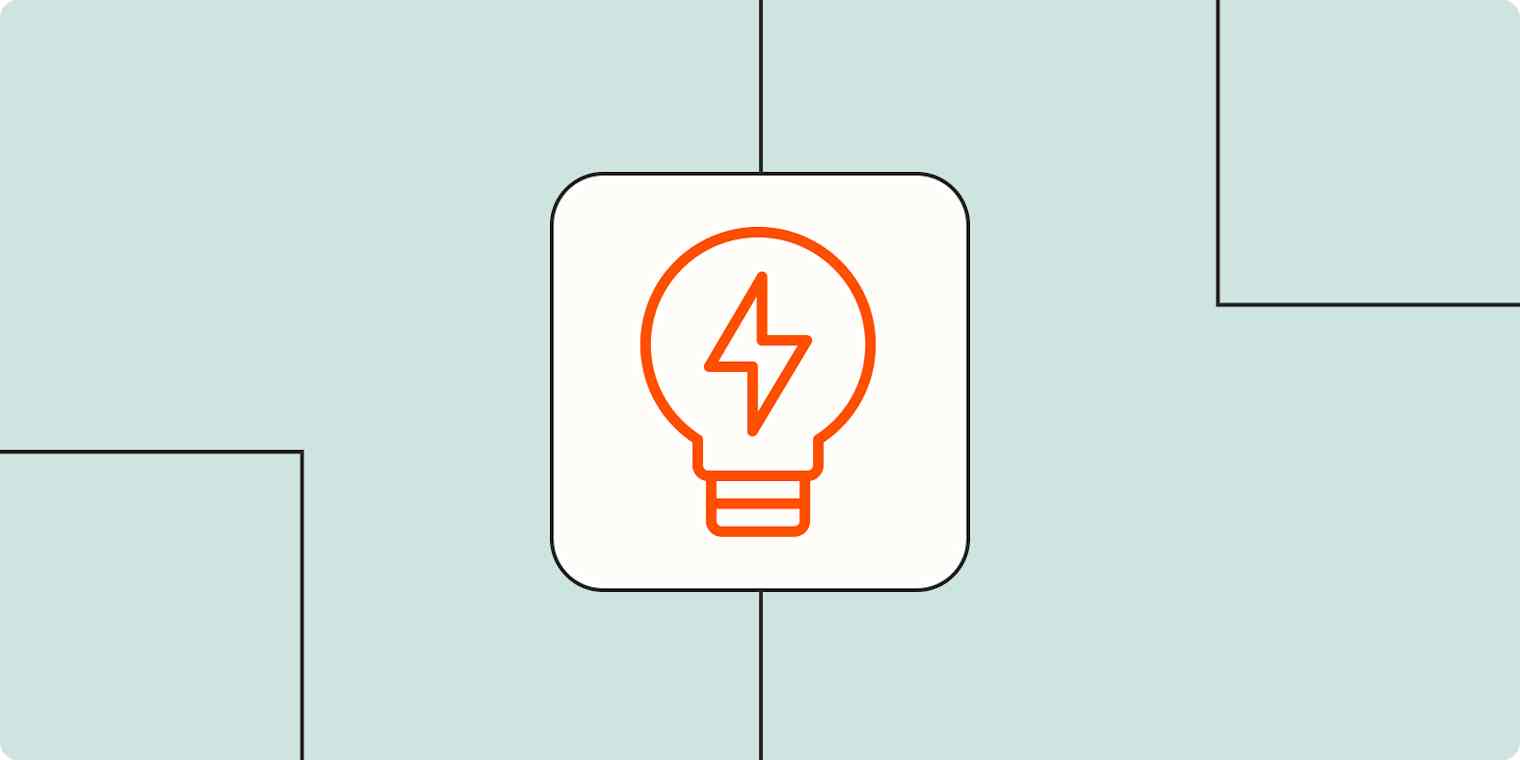Productivity tips
9 min read7 strategies for learning new skills
By Jessica Lau · April 25, 2023

Get productivity tips delivered straight to your inbox
We’ll email you 1-3 times per week—and never share your information.
Related articles
Improve your productivity automatically. Use Zapier to get your apps working together.







